AO Edited
Ikkoku Bridge Stone Marker for Lost Children
This monument gives insight into how lost children were found in Edo-period Tokyo.
In Japan, it’s quite common for shopping malls to come equipped with “lost child centers,” which serve as a sort of lost-and-found for children. A precursor to this feature existed even in the Edo period, the last age of the samurai, which lasted from 1603 to 1867.
Back then, the district of Nihonbashi flourished as a castle town as well as a key point of traffic, where the famous Five Highways of Edo started. People came from all across the country, thronging to shop in the capital’s biggest market. Even to this day, the district continues to serve as the commercial heart of Tokyo and many stores and companies here can trace their roots to the Edo period.
In such a busy area, it is not difficult to imagine that more than a few families got separated in the crowd. Searches for lost children were rarely successful, and to make matters worse, human trafficking was not uncommon in pre-modern Japan. So, in 1857, concerned squires of the town funded the construction of a “Stone Marker for Lost Children” on a side of the bustling Ikkoku Bridge.
Serving as a bulletin board, this stone monument has a rectangular dent on each side. On one side, desperate parents put up posters describing their lost children, while notices were posted on the other side when the children with matching descriptions were found.
Similar markers were erected in several busy districts of Tokyo, but the one by Ikkoku Bridge is the only one that has survived from the bygone days of Edo.
Know Before You Go
About a minute’s walk from Mitsukoshimae Station on the other side of the bridge. You can also walk there from Exit A1 of Nihonbashi Station, which is only a few minutes away.
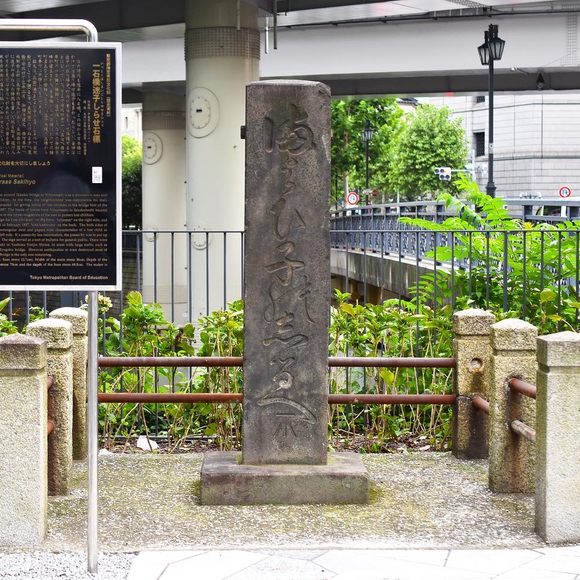

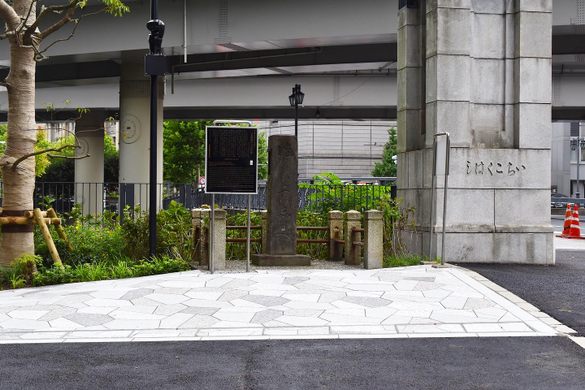
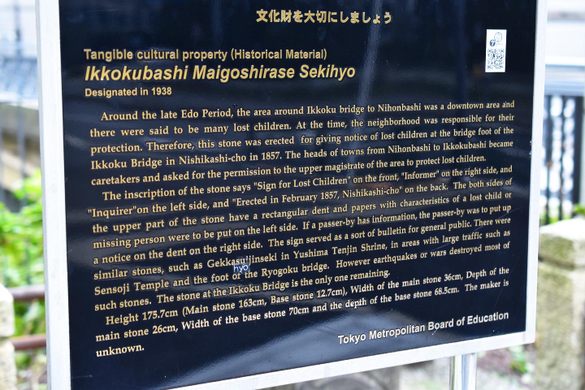
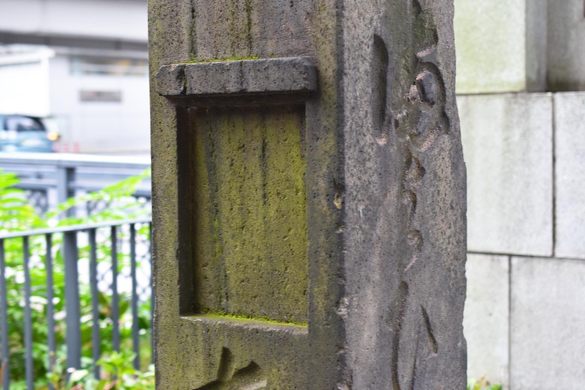
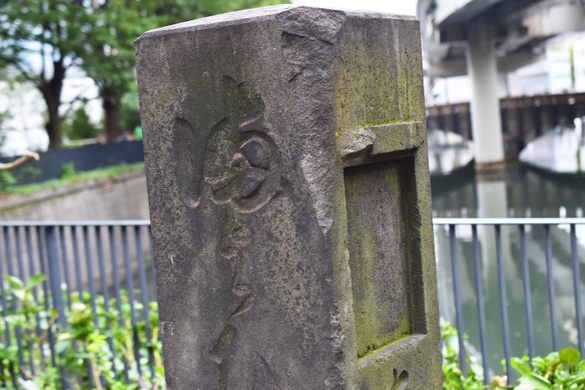
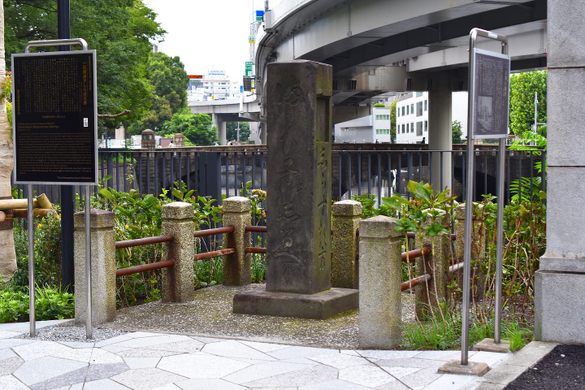












Follow us on Twitter to get the latest on the world's hidden wonders.
Like us on Facebook to get the latest on the world's hidden wonders.
Follow us on Twitter Like us on Facebook